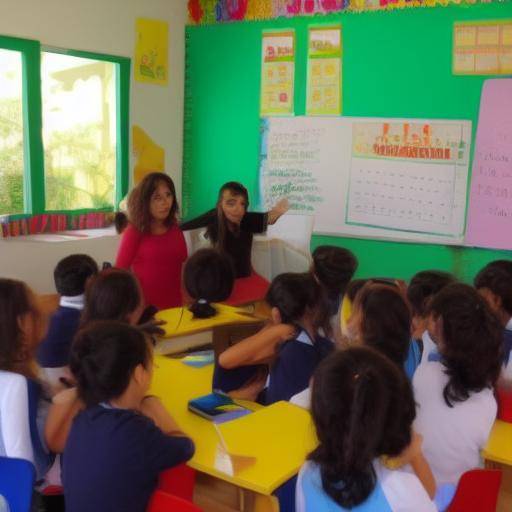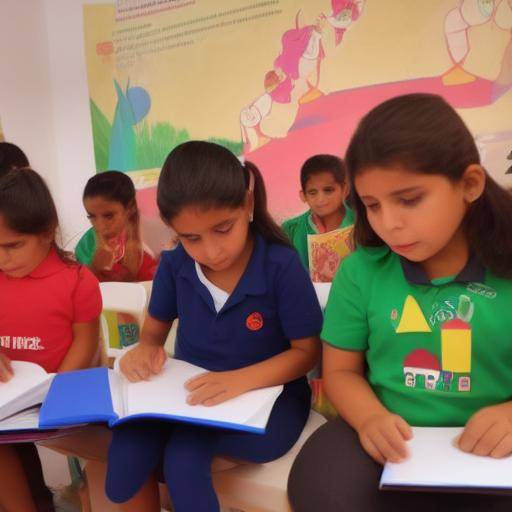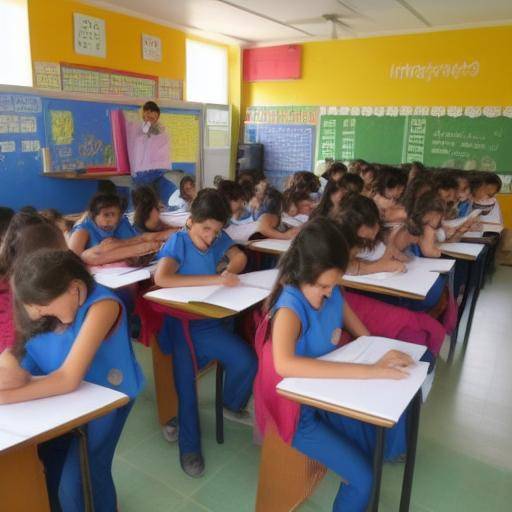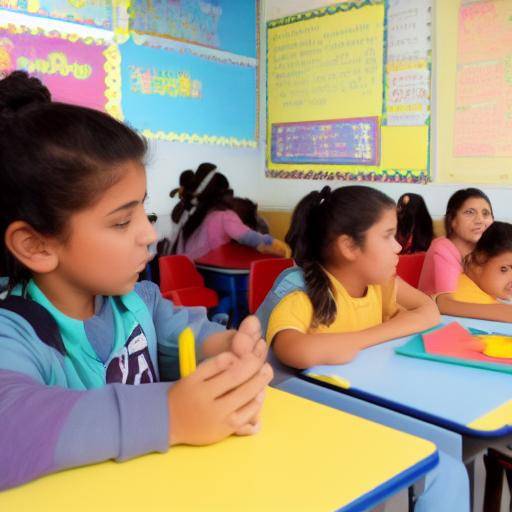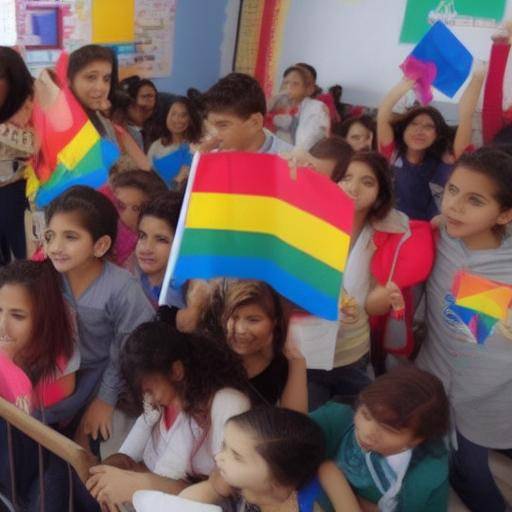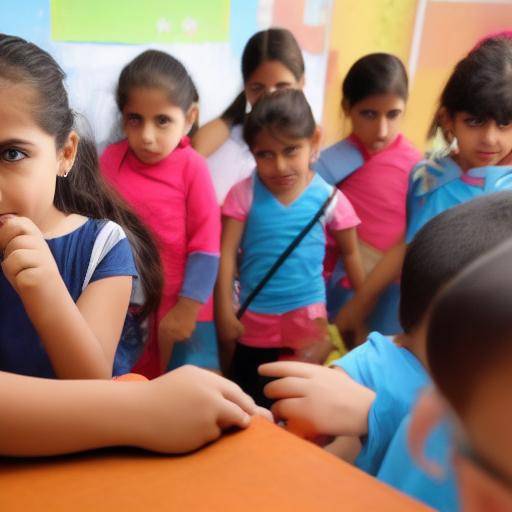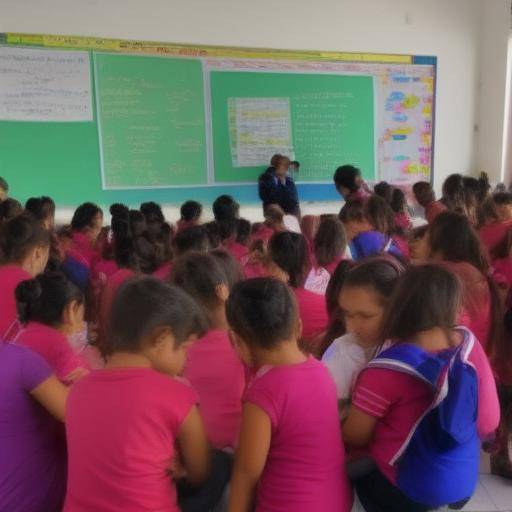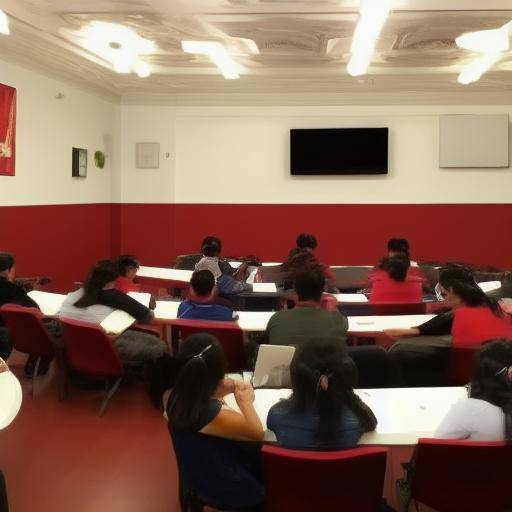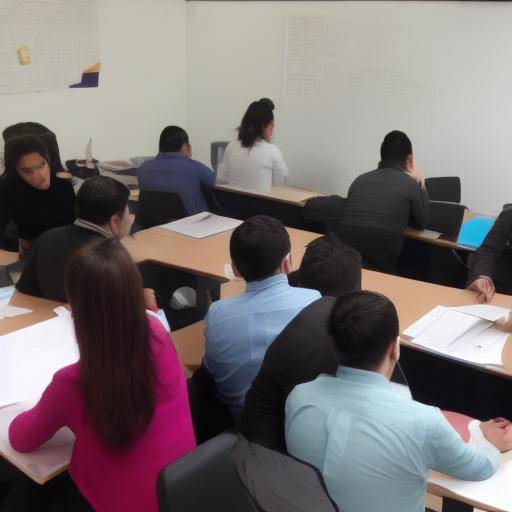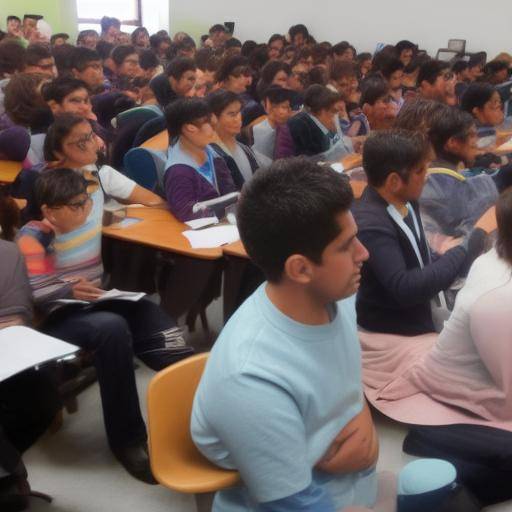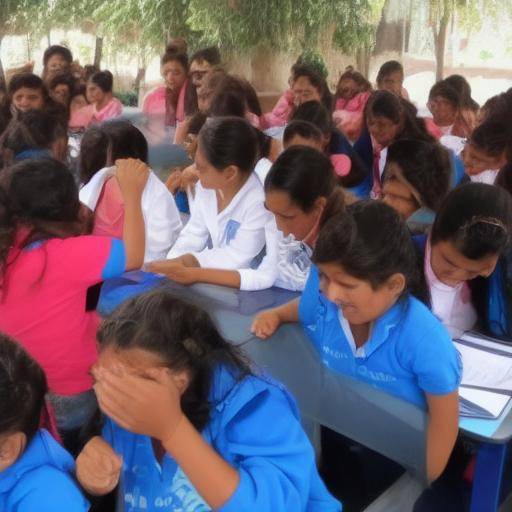
Inclusive education is an essential aspect of promoting equality and respect for diversity in society. In the following guide, we will thoroughly explore strategies that can be implemented to ensure an inclusive educational environment, where all students, regardless of their skills, gender, ethnicity, or any other feature, have the opportunity to fully learn and grow.
Introduction
The concept of inclusive education focuses on equitable participation and successful learning for all students, with an emphasis on those who can be marginalized or excluded. In this article, we will discuss key strategies to promote inclusive education, considering both historical backgrounds and current and future trends. We will also provide practical advice, case studies, and expert opinions to enrich the understanding of this important issue.
History and Background
Inclusive education comes as a response to the limitations and inequalities present in conventional educational systems. Throughout history, various initiatives have led to significant changes in the perception and practice of inclusive education. From the implementation of anti-discrimination laws to the creation of special education programmes, every step has contributed to the evolution of this educational approach.
In the 1970s, the United Nations Educational, Scientific and Cultural Organization (UNESCO) promoted inclusive education as a fundamental human right. This vision was consolidated in the 1994 Salamanca Declaration, which emphasized the importance of adapting educational systems to meet the needs of all students, including those with disabilities. These historic milestones lay the foundation for the development of more inclusive educational strategies and practices.
Analysis in Deep
Inclusive education offers significant benefits for all students, including greater understanding and acceptance of diversity, as well as more valuable and effective learning opportunities. However, it faces challenges such as lack of resources, resistance to changes in educational practices, and the need for additional support for students with specific needs. It is crucial to address these challenges to ensure that inclusive education is effective and sustainable.
Current data and statistics show that inclusive education not only benefits students with disabilities, but also has a positive impact on the entire school community. Studies show that inclusive environments foster greater participation, collaboration and understanding among students, contributing to a more harmonious and enriching school climate. In addition, educational methods focused on inclusion benefit all students by enabling them to learn in a diverse and enriching environment.
Comprehensive review
In exploring strategies for inclusive education, it is essential to consider best practices and innovative approaches that have demonstrated a positive impact on the educational environment. These include the use of modern technologies to adapt learning, the creation of accessible physical and virtual environments, the training of teachers in inclusive practices, and collaboration with families and the community to support student learning.
Experts also highlight the importance of committed school leadership, the implementation of inclusive policies at the institutional level, and the continued evaluation of educational practices to ensure that they are truly inclusive. In addition, flexibility and individualization of learning are key elements to adapt to the unique needs of each student.
Comparative analysis
Inclusive education is not an isolated concept, but is inherently related to education in general and pedagogical strategies. By comparing inclusive education with conventional approaches, it is revealed that the first seeks to eliminate barriers to learning and participation of all students, regardless of their differences, while traditional approaches can often contribute to exclusion and discrimination. Inclusive education recognizes and values diversity, focusing on the integral development of each student.
At the same time, strategies for inclusive education share some key elements with effective pedagogical strategies, such as curriculum differentiation, training evaluation and teacher collaboration to support students with different needs. These approaches complement each other in building an enriched and equitable educational environment.
Practical Tips and Accessible Tips
By implementing strategies for inclusive education, it is crucial to consider concrete practices that can make learning more accessible and meaningful for all students. Some key recommendations include the creation of individualized education plans, the use of varied and multi-sensory educational resources, the promotion of active participation and self-expression, and the adaptation of environments and materials to ensure accessibility.
In addition, teachers can foster an inclusive environment by modeling acceptance, empathy and solidarity, as well as promoting the participation of all students in extracurricular and social activities. Close collaboration with parents and other support professionals is also critical to ensuring the success of inclusive education.
Ideas de Experts y Perspectivas de la Industria
Education professionals and inclusion experts emphasize that inclusive education is not only a question of access, but also of quality. By offering an environment in which each student feels valued and empowered, inclusive education prepares students for the diversity of the real world, promotes equal opportunities and promotes more just and cohesive societies. Educational leaders and policymakers play a crucial role in establishing policy frameworks and incentives that foster long-term inclusive practices.
Case Studies and Real Life Applications
Case studies that illustrate the successful implementation of inclusive education strategies provide valuable lessons on how to overcome obstacles and create truly inclusive learning environments. These cases demonstrate how the active participation of the entire educational community, commitment to equity and adaptation of educational resources and practices can generate positive and empowering results for all students.
Specific examples include experiences in the design of personalized educational programs, the adoption of assistance technologies, the promotion of collaboration among students with different skills, and the promotion of a school culture based on inclusion and diversity.
Future Trends and Predictions
Current trends suggest a continuing momentum towards expanding and consolidating inclusive practices at all levels of education. Technology is expected to play an increasingly relevant role, facilitating access to education for students with different learning needs and styles. International collaboration and the exchange of experiences in inclusive education are also key factors in the evolution of this educational approach.
Future predictions point to greater awareness of the importance of inclusive education in achieving more equitable and sustainable societies. Thus, significant progress is likely to occur in policymaking, teacher training, and the development of educational resources and tools tailored to the needs of all students.
Conclusion
In short, strategies for inclusive education are not only fundamental to ensuring equal opportunities and the comprehensive development of all students, but also enrich the educational experience for each individual involved in the educational process. By adopting inclusive practices, educational institutions can contribute to building a more just, diverse and solidarity society. The effective implementation of these strategies requires a collective and continuous commitment to inclusion and equity, as well as the willingness to adapt to the changing needs of students and the community at large.
Frequently asked questions
What is the importance of inclusive education in the current context?
Inclusive education is crucial in building more equitable societies, where diversity is valued and respected. It provides equal opportunities for the learning and development of all students, regardless of their individual differences.
How can schools and teachers promote inclusive education in the classroom?
Schools and teachers can promote inclusive education through the adoption of pedagogical strategies that adapt to the individual needs of students, the creation of a welcoming and respectful learning environment, and collaboration with families and support professionals.
What are the common challenges associated with the implementation of inclusive education?
Some common challenges include lack of adequate resources, resistance to change in educational practices, and the need to develop specific skills to meet the needs of each student. Lack of awareness and training on the subject can also represent an obstacle.
How can technology support inclusive education?
Technology can be of great help to adapt learning to the individual needs of students, provide access to specialized educational resources, and encourage active participation in the educational process. Educational platforms and technology assistance tools can facilitate inclusive learning.
What role do parents play in promoting inclusive education?
Parents play a key role in supporting inclusive education initiatives, encouraging their children ' s participation in inclusive educational activities, and working closely with educational institutions to ensure the success of their children. Open communication and emotional support are key aspects.
What are the global initiatives that seek to promote inclusive education?
International organizations such as UNESCO, UNICEF and the World Bank have promoted initiatives to promote inclusive education worldwide. These include awareness-raising campaigns, technical and financial support programmes, and the enactment of government-wide inclusive policies.
In conclusion, inclusive education is a fundamental pillar in building a more just, equitable and compassionate society. The implementation of effective strategies for inclusive education requires a collective commitment to the diversity, equity and integral development of all individuals. By adopting inclusive practices, educational institutions and education professionals can contribute significantly to building a more inclusive and empowering world for future generations.








